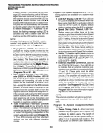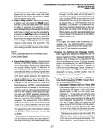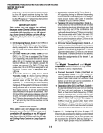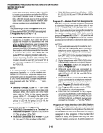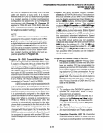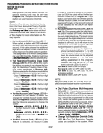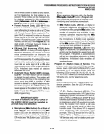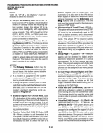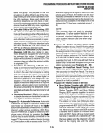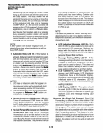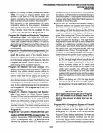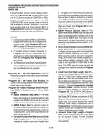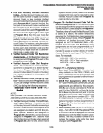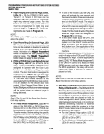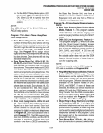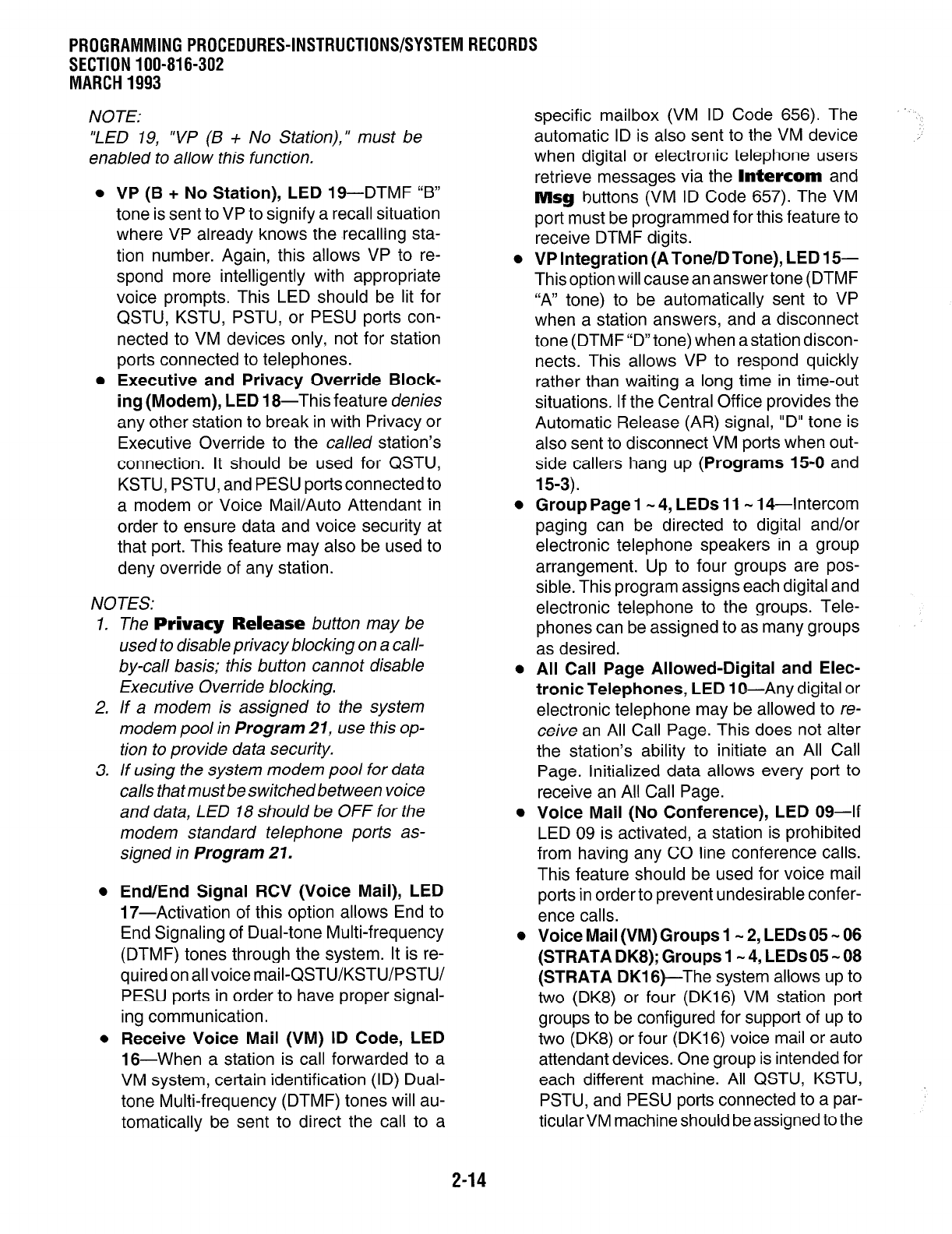
PROGRAMMING PROCEDURES-INSTRUCTIONS/SYSTEM RECORDS
SECTION 100-816-302
MARCH 1993
NOTE:
“LED 19, “VP (B + No Station),” must be
enabled to allow this function.
l
VP (B + No Station), LED 19-DTMF “B”
tone is sent to VP to signify a recall situation
where VP already knows the recalling sta-
tion number. Again, this allows VP to re-
spond more intelligently with appropriate
voice prompts. This LED should be lit for
QSTU, KSTU, PSTU, or PESU ports con-
nected to VM devices only, not for station
ports connected to telephones.
l
Executive and Privacy Override Block-
ing (Modem), LED 18-This feature denies
any other station to break in with Privacy or
Executive Override to the called station’s
connection. It should be used for QSTU,
KSTU, PSTU, and PESU ports connected to
a modem or Voice Mail/Auto Attendant in
order to ensure data and voice security at
that port. This feature may also be used to
deny override of any station.
NOTES:
1. The Privacy Release button may be
used to disable privacy blocking on a call-
by-call basis; this button cannot disable
Executive Override blocking.
2. If a modem is assigned to the system
modem pool in Program 21, use this op-
tion to provide data security.
3. If using the system modem pool for data
calls thatmustbeswitchedbetween voice
and data, LED 18 should be OFF for the
modem standard telephone ports as-
signed in Program 21.
l
End/End Signal RCV (Voice Mail), LED
17-Activation of this option allows End to
End Signaling of Dual-tone Multi-frequency
(DTMF) tones through the system. It is re-
quired on all voice mail-QSTU/KSTU/PSTU/
PESU ports in order to have proper signal-
ing communication.
l
Receive Voice Mail (VM) ID Code, LED
16-When a station is call forwarded to a
VM system, certain identification (ID) Dual-
tone Multi-frequency (DTMF) tones will au-
tomatically be sent to direct the call to a
2-14
specific mailbox (VM ID Code 656). The
automatic ID is also sent to the VM device ,
when digital or electronic telephone users
retrieve messages via the Intercom and
Msg buttons (VM ID Code 657). The VM
port must be programmed for this feature to
receive DTMF digits.
o VP Integration (ATone/DTone), LED 15-
This option will cause an answer tone (DTMF
“A” tone) to be automatically sent to VP
when a station answers, and a disconnect
tone (DTMF“D”tone) when astation discon-
nects. This allows VP to respond quickly
rather than waiting a long time in time-out
situations. If the Central Office provides the
Automatic Release (AR) signal, “D” tone is
also sent to disconnect VM ports when out-
side callers hang up (Programs 15-O and
15-3).
l
Group Page 1 - 4, LEDs II- 14-Intercom
paging can be directed to digital and/or
electronic telephone speakers in a group
arrangement. Up to four groups are pos-
sible. This program assigns each digital and
electronic telephone to the groups. Tele-
phones can be assigned to as many groups
as desired.
l
All Call Page Allowed-Digital and Elec-
tronic Telephones, LED 1 Q-Any digital or
electronic telephone may be allowed to re-
ceive an All Call Page. This does not alter
the station’s ability to initiate an All Call
Page. Initialized data allows every port to
receive an All Call Page.
l
Voice Mail (No Conference), LED 09-If
LED 09 is activated, a station is prohibited
from having any CO line conference calls.
This feature should be used for voice mail
ports in order to prevent undesirable confer-
ence calls.
* Voice Mail (VM) Groups I- 2, LEDs 05 - 06
(STRATA DK8); Groups I- 4, LEDs 05 - 08
(STRATA DKl6)-The system allows up to
two (DK8) or four (DK16) VM station port
groups to be configured for support of up to
two (DK8) or four (DK16) voice mail or auto
attendant devices. One group is intended for
each different machine. All QSTU, KSTU,
PSTU, and PESU ports connected to a par-
titular VM machine should be assigned to the



